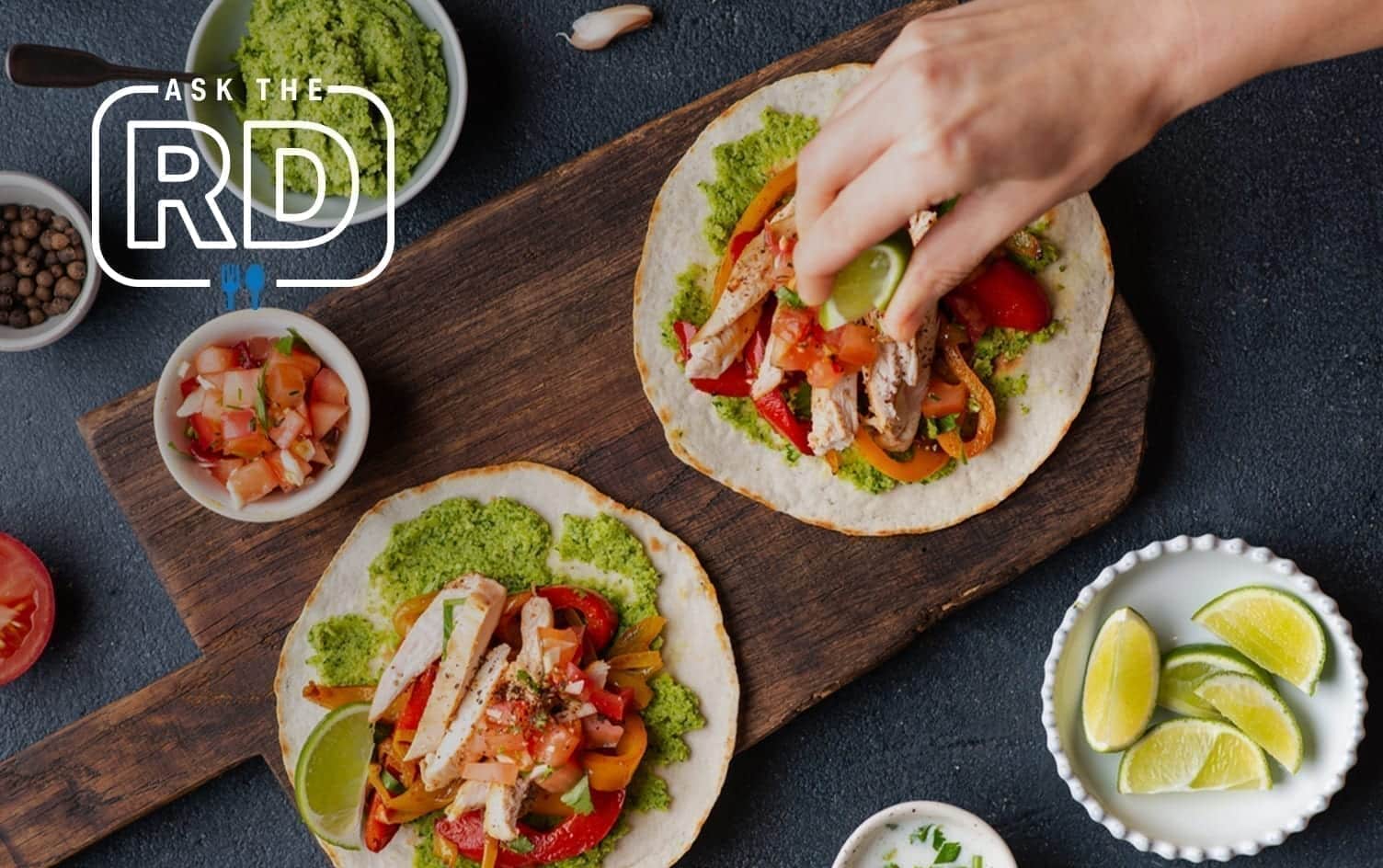Diet plays an important role in blood sugar management, especially when you have diabetes. In fact, some individuals with Type 2 diabetes can avoid taking medications by dialing into their eating habits and making some positive changes.
That said, it’s always important to work with your endocrinologist and a registered dietitian who specializes in diabetes when making any changes to diet or medications. The advice you’ll see here is for educational purposes and should not be used in place of individualized medical or nutrition advice.
HOW FOODS AFFECT BLOOD SUGAR LEVELS
After you eat, your body breaks down carbohydrates into glucose, which is then absorbed into the bloodstream, causing a rise in blood sugar.
Elevated blood sugar signals the pancreas to release insulin, so the body can take glucose into its cells and either utilize it for energy or store what is not needed for later.
Simple and refined carbohydrates, like candy, fruit juice and white bread, cause blood sugar to spike quickly.
Complex carbohydrates, such as whole grains and beans, still cause an increase in blood sugar but it is more controlled over time thanks to their fiber and protein content.
Controlling blood sugar, especially high spikes from simple carbohydrates, is harder for people with diabetes who are not able to produce insulin as efficiently (or at all) to take glucose into the cells. Sugar may stick around in the bloodstream, which can cause short- and long-term complications.
THE IMPORTANCE OF FAT, FIBER AND PROTEIN FOR MAINTAINING BLOOD SUGAR LEVELS
There is often much confusion around this, but I encourage most patients and clients with diabetes to consume carbohydrate-containing foods. It’s not about avoiding carbs altogether, but rather, what types of carbs are eaten and what they are eaten with.
Quality fats from foods like avocado, olive oil, nuts and seeds, fiber from vegetables and protein from chicken, fish, eggs and dairy products, all work to slow digestion. This is why you may feel much more full after a meal that contains any or all of these nutrients. Blood sugar also rises more slowly when meals include fat, protein and fiber, even if other carbohydrates are present.
One cardinal rule for individuals trying to control blood sugar: Include at least one of these nutrients (fat, protein or fiber) with each meal and snack to keep blood sugar steady and avoid any big spikes that can come with eating carbohydrates alone. Complex carbohydrates mentioned above, like whole grains, beans and potatoes (with the skin for added fiber) are also preferable for blood sugar control instead of more simple or refined carbohydrates.
THE CASE AGAINST SKIPPING MEALS
Another behavior that can negatively affect blood sugar is skipping meals or irregular mealtimes.
Ideally, our goal is to maintain a steady blood sugar level without any major spikes or drops. To avoid big drops in blood sugar, aim to have a meal or snack every 3-4 hours that includes a source of carbohydrate along with fiber, protein or fat.
PEOPLE WITH DIABETES SHOULD WATCH SIMPLE SUGARS
Being mindful of simple sugars is always important if you have diabetes. That said, the occasional sweet treat won’t completely throw off your blood sugar goals if your typical eating pattern includes a variety of vegetables, high-quality protein sources and healthy fats.
The short list of things I would recommend swapping for something else are sugar-sweetened beverages such as sodas, juice and sugary sports drinks. These beverages lack nutritional benefits, and can lead to quick blood sugar spikes that are hard to control. Swap any of these drinks for water with a fresh lemon squeeze, seltzer or unsweetened iced tea to stay hydrated and keep blood sugar from spiking.
Exercise can be a helpful tool in controlling blood sugar levels, and can improve your body’s sensitivity to insulin. If you need some electrolytes after a hard workout, try a low-sugar, flavored electrolyte tablet that dissolves in water, or replenish them with whole foods like bananas and peanut butter, or fruit and nut trail-mix.
If you have diabetes, be aware of signs of low blood sugar that can sometimes take place after strenuous activity. If you do have low blood sugar after a workout, eating a small carbohydrate snack, such as fruit or crackers, can help bring them back up
WAYS TO KEEP BLOOD SUGAR STEADY
Always be thinking about where your protein, fat and fiber are coming from when putting together a meal or snack.
MEALS TO TRY:
- Stir-fry with tofu, vegetables and olive oil on top of brown rice
- Wild salmon, roasted cauliflower and potatoes
- Whole-grain toast with avocado, egg and tomato
- Steel-cut oatmeal made with milk, with berries and nuts
- Open-faced turkey sandwich on whole-wheat bread with tomato, sliced cucumber, arugula and avocado
- Lentil soup with a leafy green salad and olive oil-based dressing
- Roasted chicken with root vegetables and broccoli
SNACKS TO TRY:
- Banana with peanut butter
- Apple with string cheese
- Greek yogurt with fruit
- Hard-boiled egg and whole-grain crackers
- Nuts with fruit
- Whole-grain toast with almond butter
Originally published December 2020, updated November 2023
Ready to take the next step? Unlock MyFitnessPal Premium to access custom goal settings, quick-log recipes, and guided plans from a registered dietitian. Premium users are 65% more likely to reach their weight loss goals!




